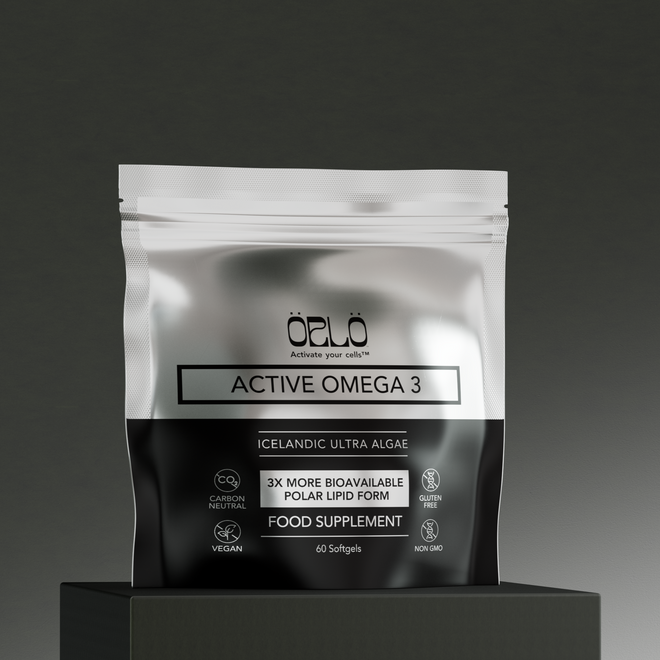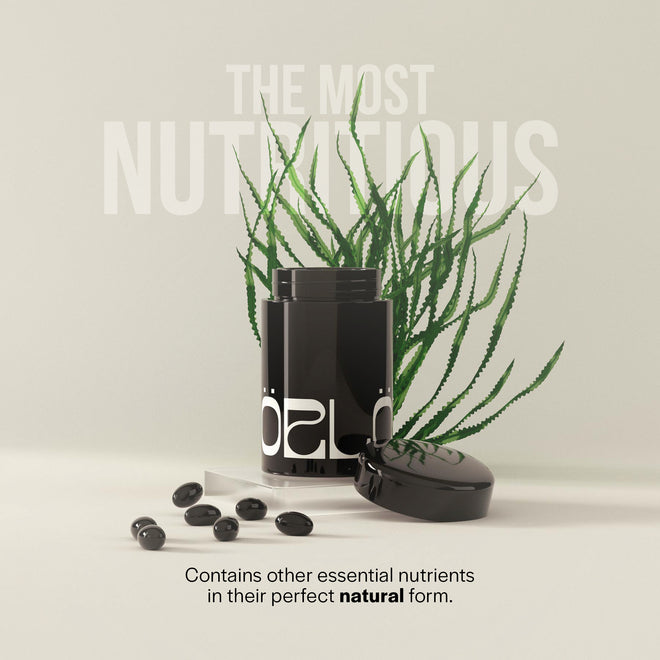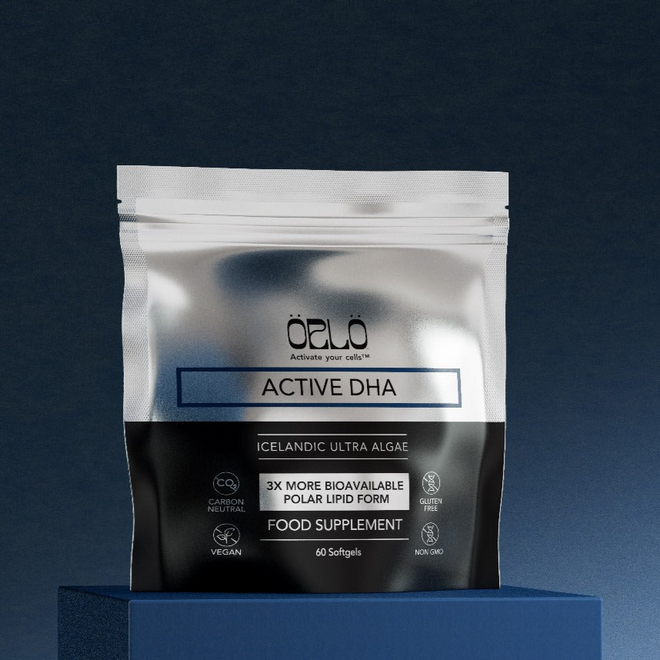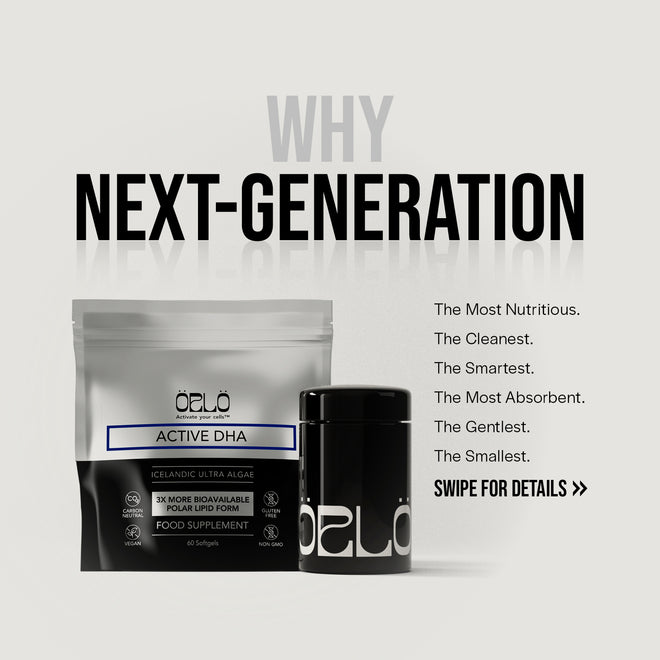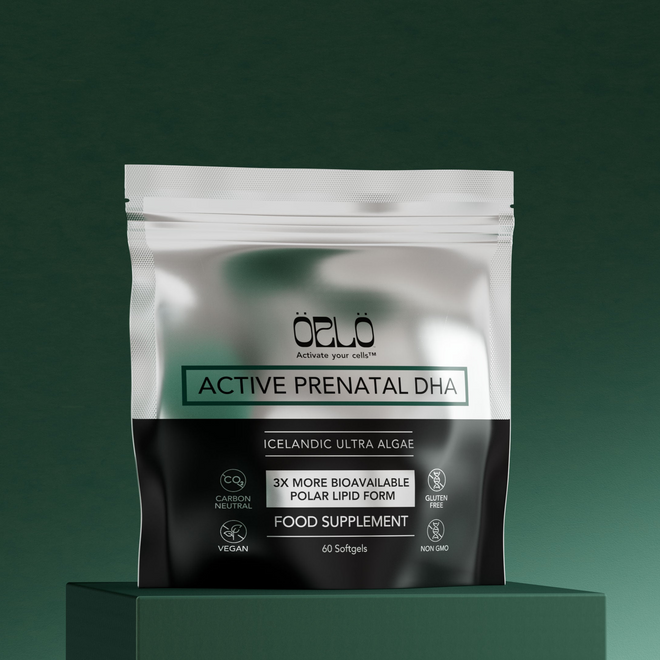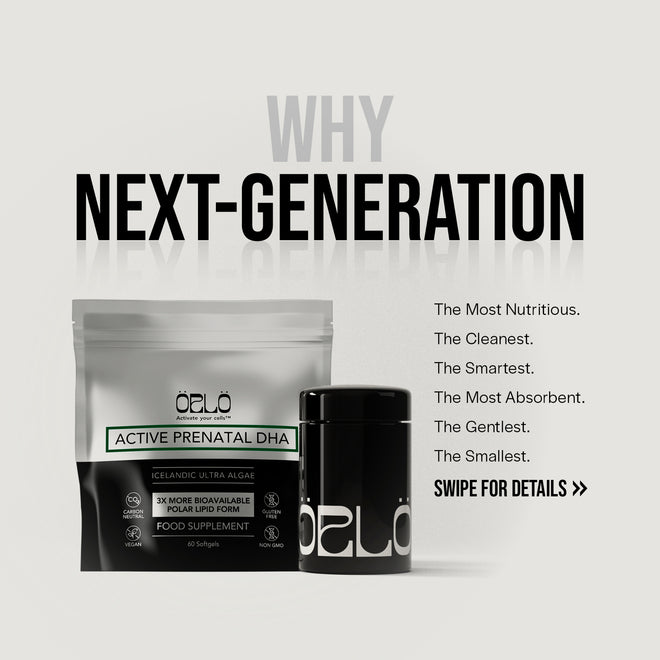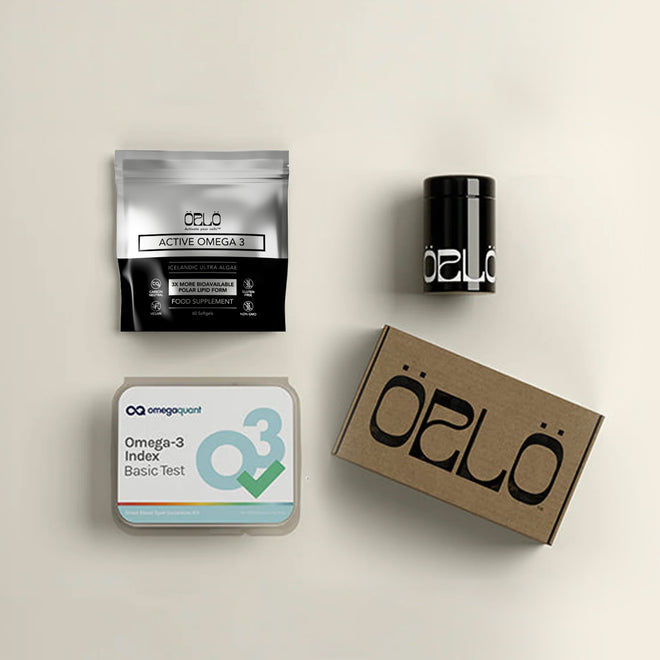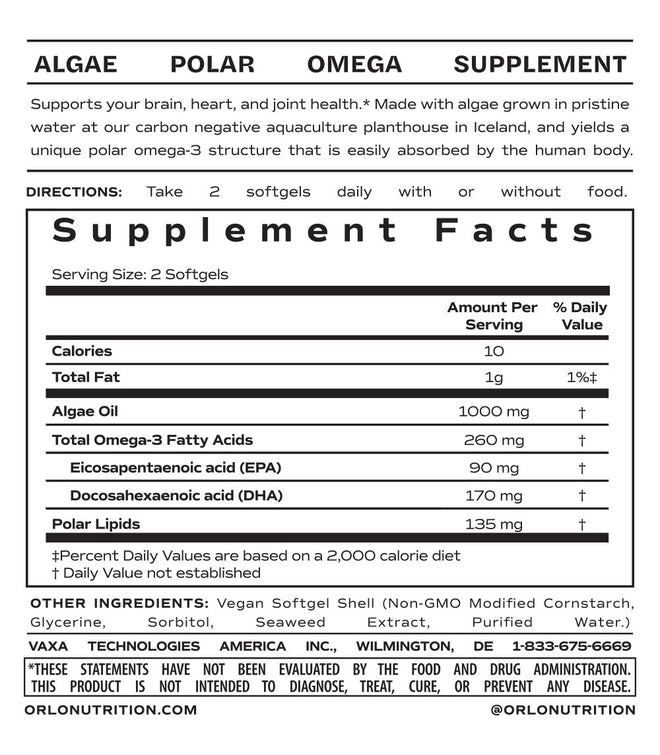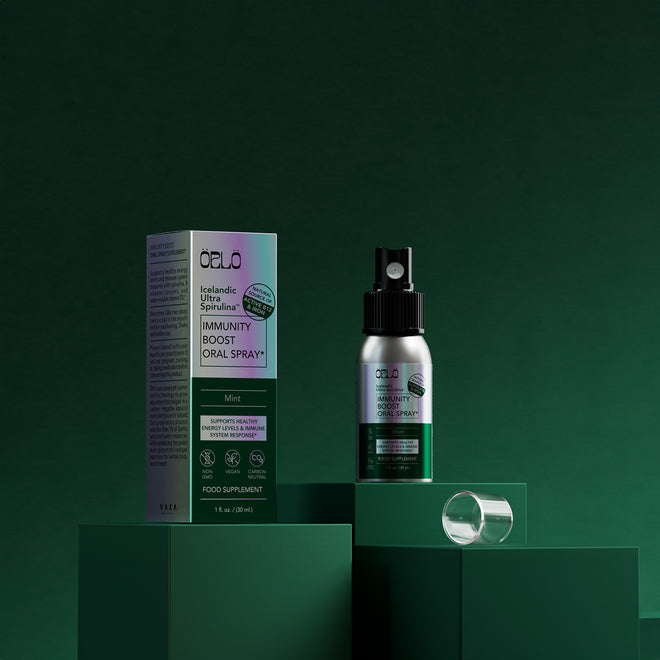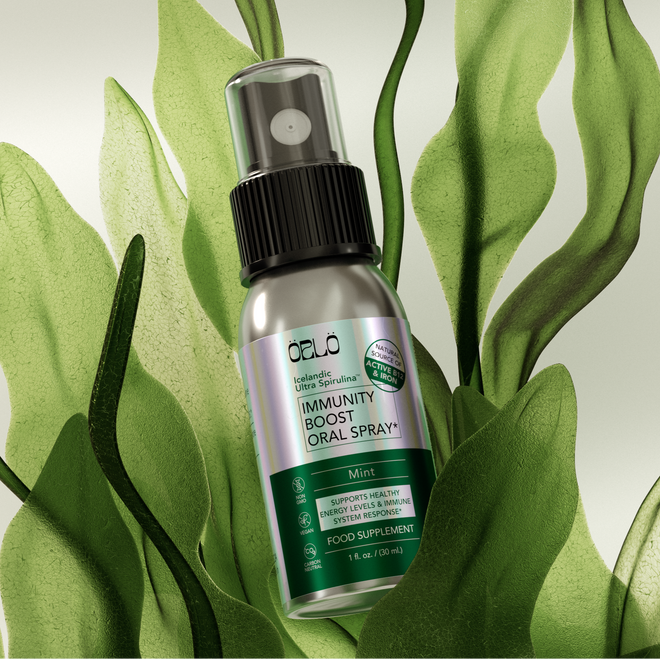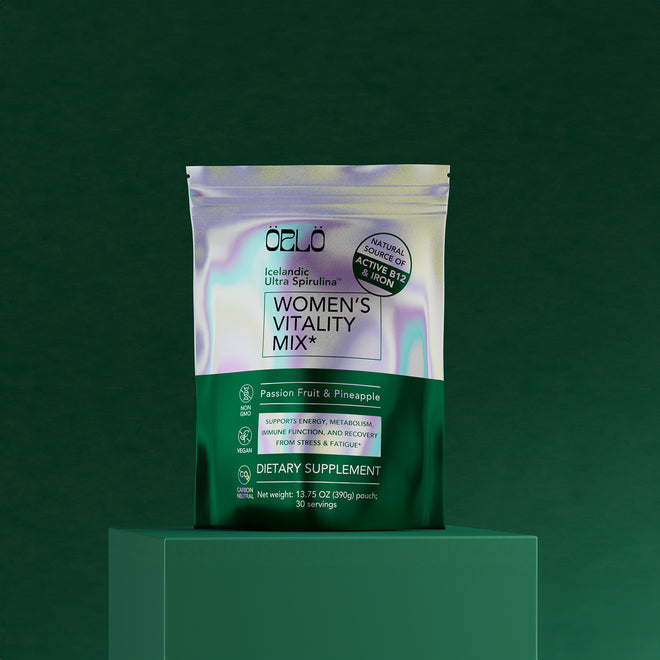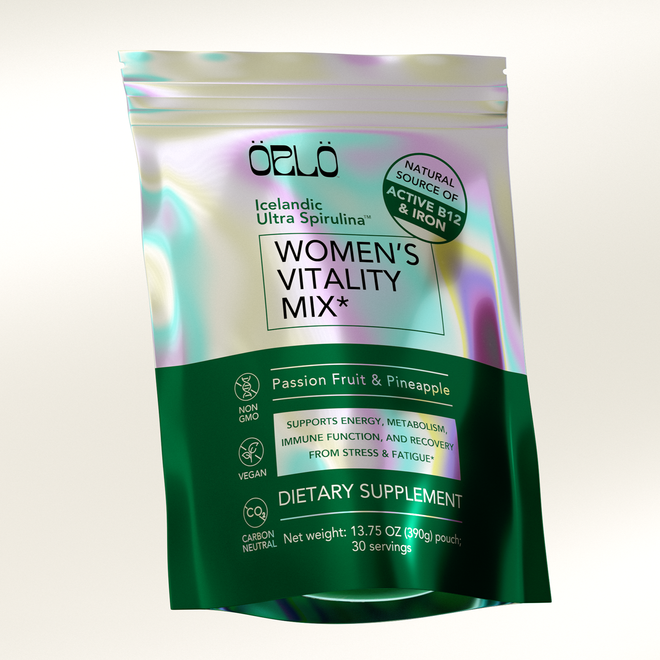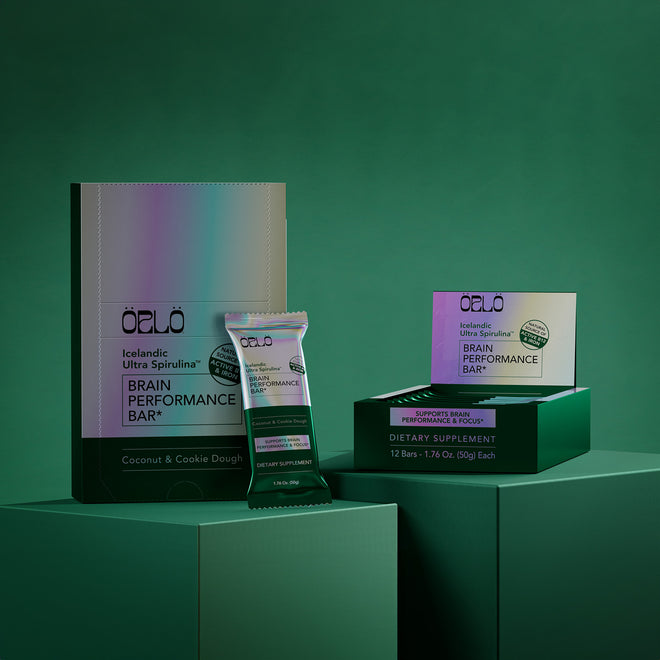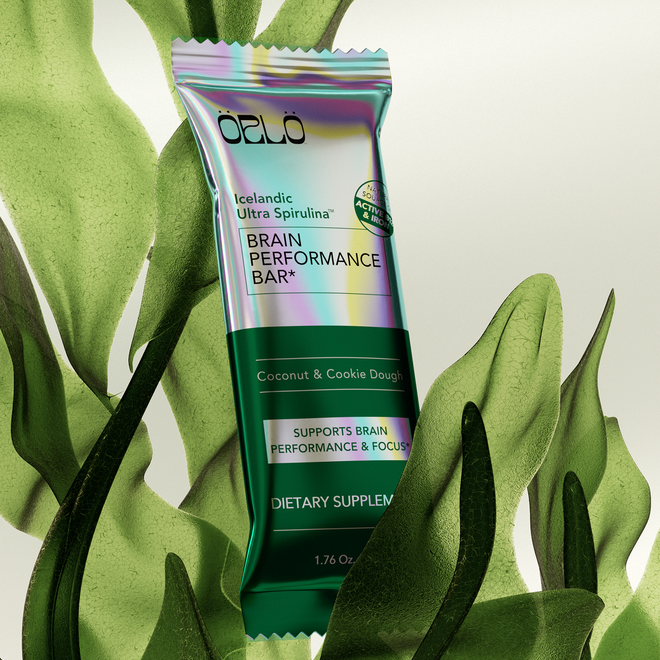Free shipping on purchases over $69
Tour A World of Health Food with Dr. William Li's 5x5x5 Everyday Framework - Part 4 of 4 Eat To Beat Disease Course Review
This is part 4 of a 4 podcast series on Dr. William Li’s New York Times bestseller, Eat To Beat Disease: The New Science of How Your Body Can Heal Itself and his online course of the same name. This springboards from our interview with Dr. Li, which was episode #3. Through his work, Dr. Li invites us to fall in love with food again – and choose the right foods to support a long, happy, and healthy life.
If you are new to this, I encourage you to go back to episode 3, give that show a listen, and come right back here to this series. For your convenience the episodes are listed in order in our show notes for this episode – so if you’re listening to this show on your favorite podcast platform, you can go to the show notes, click the first link, and get started.
Other Episodes In This Series:
Interview with Dr. William Li: https://orlonutrition.com/blogs/podcast/eat-to-beat-disease-how-your-body-can-heal-itself-with-the-right-nutrition-with-dr-william-w-li-physician-and-nyt-bestselling-author
Part 4 of 4 (this episode): https://orlonutrition.com/blogs/podcast/tour-a-world-of-health-food-with-dr-william-lis-5x5x5-everyday-framework-part-4-of-4-eat-to-beat-disease-course-review
About Dr. William Li:
William W. Li, MD, is an internationally renowned physician, scientist, and author of the New York Times bestseller “Eat to Beat Disease: The New Science of How Your Body Can Heal Itself.” His groundbreaking work has led to the development of more than 30 new medical treatments and impacts care for more than 70 diseases including cancer, diabetes, blindness, heart disease, and obesity. His TED Talk, “Can We Eat to Starve Cancer?” has garnered more than 11 million views. Dr. Li has appeared on Good Morning America, CNN, CNBC, and the Dr. Oz Show, and he has been featured in USA Today, Time Magazine, The Atlantic, and O Magazine. He is president and medical director of the Angiogenesis Foundation and is leading research into COVID-19.
Sign up for his masterclass: https://drwilliamli.com/masterclass/
Sign up for the paid course: http://eat-to-beat-disease.teachable.com/p/july2022
---
Tour A World of Health Food with Dr. William Li's 5x5x5 Everyday Framework - Part 4 of 4 Eat To Beat Disease Course Review

Dr. William Li’s Eat To Beat Disease Course:
This is our final chapter in a 4 podcast series on Dr. William Li’s New York Times bestseller, Eat To Beat Disease: The New Science of How Your Body Can Heal Itself and his online course of the same name. This springboards from our interview with Dr. Li, which was episode #3. Through his work, Dr. Li invites us to fall in love with food again – and choose the right foods to support a long, happy, and healthy life.
If you are new to this, I encourage you to go back to episode 3 of Nutrition Without compromise, give that show a listen, and continue in sequence through the episodes. For your convenience the episodes are listed in order in our show notes. Just visit the show notes, click the first link, and get started.
For those of you that are interested in taking Dr. Li’s course yourself, it’s available to our listeners at a discount. Just visit orlonutrition.com and go to the blog page associated with today’s episode. You can find it by following the link in show notes, or by going to orlonutrition.com and selecting “podcast” from the menu.
About this course:
Throughout this course, Dr. Li covers the five groundbreaking health defense systems of the body that he identified in his New York Times Bestseller, Eat To Beat Disease. I’ll quickly summarize the 5 health defenses as we get started. They are:
- Angiogenesis: the healthy creation of blood vessels.
- Stem cells: cells that allow our systems to regenerate, rebuild, and replace old damaged cells with new healthy ones.
- The microbiome: A biome of microorganisms that outnumber our own cells and which help us digest our food and assimilate nutrients.
- DNA protection: A protective system that ensures mutations don’t take hold.
- Immune system: Comprised of white blood cells, T-cells and more which ensures that infections don’t rage out of control.
This podcast is for educational purposes only – the content we cover is not intended to treat, diagnose, or cure any disease states or health conditions. It’s important that you receive care from a qualified medical professional that is familiar with your specific health journey.
As we get started with this 4th and final chapter in our coverage of Dr. Li’s Eat To Beat Disease Course, remember that Dr. Li covers research on human populations, not animal. This ensures that the food recommendations he provides are sound, steeped in research, and actionable today. For those of you who have yet to pick up your copy of Eat To Beat Disease, I encourage you to do so – as to his point it has a list of more than 200 foods that can help you eat to beat disease. The same extensive lists are provided in the workbooks he provides to course participants.
A great way to use these lists is to mark off the foods you love, and then take a picture of them to store in your phone. You can use these when shopping to increase the variety of foods you purchase and consume each week. You might even do something I’ve done, and color code those that you want to try next, and then replace the snapshots on your phone as you make progress. My personal goal is to check off ALL of the foods in Eat To Beat Disease by the end of this year. In this way, I have essentially “gamified” my nutrition journey. It’s keeping my kitchen routine interesting, and I’m finding new and unique ways of combining foods as a result.
Tour The World of Healthy Eating
As promised, this week we get to take a tour of the world of healthy eating. Have you traveled the world? What did you notice in the different regions of the world you’ve been to? Did you notice that many of the foods that Dr. Li has mentioned in this course and in his book are often found in traditional cuisine of Italy, Greece, Latin America and Asia? There are ways to eat healthy in every region of the world, but when you dine with intention, and choose real whole foods that are easily identifiable over processed foods, you may naturally be eating to beat disease already. To support your journey into healthy eating, we are invited to jump back into our kitchens while cooking these regional delights. We can start with a few great cookbooks.
Dr. Li’s Recommended Cookbooks:
- Marcella Cucina Hardcover – August 19, 1997 by Marcella Hazan https://www.amazon.com/Marcella-Cucina-Hazan/dp/0060171030
- The Silver Spoon of Naples and the Amalfi Coast – April 17, 2017
https://www.amazon.com/Naples-Amalfi-Coast-Silver-Spoon/dp/0714873853 - Saveur Cooks Authentic American, by the Editors of Saveur Magazine – September 1, 1998
https://www.amazon.com/Saveur-Cooks-Authentic-American-Magazine/dp/0811821609
You might even want to consider a newer cookbook by Saveur Magazine’s editors. They released Saveur: The New Classics Cookbook in 2020 and produced an expanded edition just after Christmas 2021. It contains more than 1,100 recipes from around the world. I just picked up a copy of my own.
5x5x5 Everyday Plan
Every day you eat one food that activates each of the 5 health defenses each day. Since there are over 200 different foods featured, you should have no issue consuming at least one food from each of the 5 categories every single day. Since a few of the 5 are in each of the categories, it’s helpful to have those on hand. You don’t need to eat foods that cover each 5 in each meal, but make sure you hit each category at least once per day.
You might start your day with a cup of coffee or tea, have some trail mix that’s made up of tree nuts, dried fruit, and even integrate that trail mix in a plain yogurt, topped with some cacao nibs for some added crunch. Develop a few go-to recipes or preparations that you know you’ll love and look forward to each day. Create new food rituals that you’ll love.
A resounding theme as Dr. Li covers cookbooks is simply this, get creative. Have fun, and eat a wide variety of foods. He reminds us to choose whole quality foods over cheap processed foods. Sometimes, this means that you should opt for organic, and shop local.
Think about the eggs you might consume. Are the yolks bright orange? If they aren’t they might be missing some of the key nutrients you hope to gain from consuming them. Eggs naturally contain vitamins, minerals and even antioxidants like lutein and zeaxanthin, which are responsible for the bright orange color of their yolks. If the egg yolk is pale yellow, choose a different brand, and look for that orange yolk.
Comfort Foods
Comfort foods vary by culture and depend largely on what you ate when you grew up. Personally, I find myself going to bread products for comfort, which I’ve worked to reduce and even eliminate from my diet. While some comfort foods aren’t necessarily the most healthy, you can level up your comfort foods by using more mindful ingredients. Perhaps instead of white bread, you grab sourdough. Perhaps instead of fast-food you make a healthier version of that treat. Instead of macaroni and cheese from a box, you create a more decadent, home-made version. Ultimately, by being creative and broadening our palates we can unlearn some of our unhealthy comfort foods, and retrain our systems to love healthier versions. So, if your comfort food is a peanut butter and jelly sandwich, perhaps make it a touch healthier by using jams that are made with less processed sugars, and using either sourdough or pumpernickel for the bread. You’ll recall that these two breads actually can have a health benefit, supporting your gut health.
But I also want to remind you that if you’re consistently following Dr. Li’s plan, and supporting your 5 health defenses, consuming a less-than-healthy meal now and then shouldn’t pose a big problem. You’ll just need to make sure you don’t make those unhealthy habits the norm.
Rethinking Your Kitchen
It may be time to rethink your kitchen. Do you have the core essentials you need to cook healthy meals? Are your cooking implements healthy to use? Or are you cooking using plastic utensils and Teflon-coated pans? Step one is to audit your kitchen. Here are a few things Dr. Li counsels us to have on hand:
- A high-quality knife set
- A metal colander
- At least one (1) high quality pan (cast iron, stainless steel or ceramic non-stick – NOT TEFLON)
- Vegetable peeler
- Wooden spoon
- Glass storage containers
Things to throw out:
- Plastic Tupperware containers. Use glass / pyrex. Plastic lids are OK, but NEVER microwave them.
- Plastic water bottles. Use metal or glass instead.
Things to stock in your pantry:
- Extra virgin olive oil
- Balsamic vinegar
- Spices
- Whole grains
- Wild Rice
- Whole wheat pasta
- Coffee
- Tea
- Tree nuts
- Tinned seafood
- Sauces
Long-term keepers (years):
- Peppercorns
- Tea
- Pasta
Months:
- Dried beans 9 months
- Spices 6 months
When you go to the grocery store, don’t overbuy. Buy what you need for about a week. Generally speaking, when it comes to dry goods and the items you’ll store, think about what you can keep for a few months, not years.
Note on molds and fungi: Once you see mold/fungi, their filaments extend deep into the food. It will grow back like a weed in your garden. Try not to contaminate your food and throw away moldy items.
Putting it all together
This was the seek we put all the coursework together. We defined health at the beginning of this course, as we learned about our 5 health defenses. We learned what foods can help us thrive, and what foods do exactly the opposite. We learned that food could actually serve as medicine when we get the balance right, and consume foods that activate our health defenses without overeating.
We learned why it was critical to only eat to the point where we are 80% full. Avoiding overeating is important for our health, and it’s good for our health defenses.
We learned how Dr. Li eats, that he skips meals from time to time, and that this can be good for us. We learned to avoid processed meats, highly processed foods, and sugary treats and sodas. Like Michael Pollan suggests, Dr. Li eats mostly plants, and he enjoys eating a little bit of everything, including seafood, oysters and more. He limits red meat in his diet and avoids processed foods and sodas.
We dove into 10 specific health-promoting foods and learned how they promote our health.
We discussed how to shop and that the middle aisles aren’t all bad.
We learned how to starve cancers, and regenerate our bodies with the right foods to support our stem cells. We learned about the foods that support our microbiome and foods that protect our DNA so that we can continue to build back better. We even learned how to support our telomeres, lengthening those caps on the ends of our DNA so we can preserve the health of our DNA for the long term.
Ultimately, this course and this book was a journey. I believe Dr. Li has successfully set the stage for each of us to fall in love with food again. I’m personally enjoying getting back into my kitchen more. So I think I’ll share with you now the few changes I’ve personally made since my first connection with Dr. Li.
Changes I’ve made because of this course
I now consume at least 4 cups of green tea each day. This wasn’t hard to do, and has actually become a delight. Years ago when I committed to quit smoking I bought myself a beautiful cast-iron tea pot emblazoned with images of cherry blossoms. Now, each midday, I make myself a pot of looseleaf green tea. I have several varieties, from white tea, which has lower caffeine as we learned in this book, green tea, jasmine tea, and matcha tea.
I also started making sun tea again. This is a tradition my mother started, so it offers me comfort at the same time. I take 10 black tea bags, the latest was English Breakfast, and steep the tea in the sun for a couple of hours. I then take a couple of lemons from my garden and some mint that I also grow and add it to a glass of iced tea in the later afternoons. By consuming coffee in the morning, green tea in the midday and iced-tea in the afternoon, I’m covering my bases.
I’m also consuming less nut milk than I used to – training myself to love black coffee again.
I’ve added back dark chocolate to my daily regimen. This was something I used to do but walked away from because I was cutting out all processed sugars from my diet. I must admit I thoroughly enjoy a super dark square of chocolate with a glass of red wine, and since it is officially OK to have one glass of red wine, I’ve begun browsing my cellar and creating chocolate pairings for a post-dinner glass of red wine with a super dark chocolate. Some of these super dark chocolates actually contain tree nuts like hazelnuts and almonds, so I’m making this ritual one to truly enjoy while supporting my 5 heath defenses.
I haven’t used my microwave for 3 weeks. This is huge for me, as I often used it in the past to reheat foods. Instead, I’ve been breaking out my cast-iron skillet to reheat foods, even pastas. And instead of microwaving a bagel to defrost it and then toast it for my kids, I’m getting it out and leaving it on the counter the night before. In the morning, it’s ready to toast, and my kids are therefore not getting exposed to those advanced glycation end-products (AGE) – you know, the plasticized sugars that the carbohydrates become when microwaved.
I’ve also learned to step back from the stove when cooking, while turning on the fan, even when it may not be necessary.
So I have a question for you. What changes have you made? How have you ingrained the learnings from this course review, and from Dr. Li’s book? What excites you?
I hope you’ll take action with everything we’ve learned – and please send me an email to share your story. Answer those questions – what have you learned? What changes are you making? And what excites you about this journey?
And if you have specific questions for Dr. Li about his book, or this course, I encourage you to send them on too. I’ll be hosting an interview with him again soon, and will be sharing community questions with Dr. Li during that interview.
It has been my absolute pleasure to take this course and share my takeaways with all of you. I know that if you decide to embark on this journey with Dr. Li and take his latest class (which actually starts on the day this episode first airs) that you will get as much out of it as I did.
So, once again, if you have any thoughts or questions, please share them directly by sending me an email note hello@orlonutrition.com. As always, complete transcripts, show notes, and the discounted link to join Dr. Li’s Eat To Beat Disease course are available at orlonutrition.com.
Thank you for joining me on this journey. Here’s to your health!
